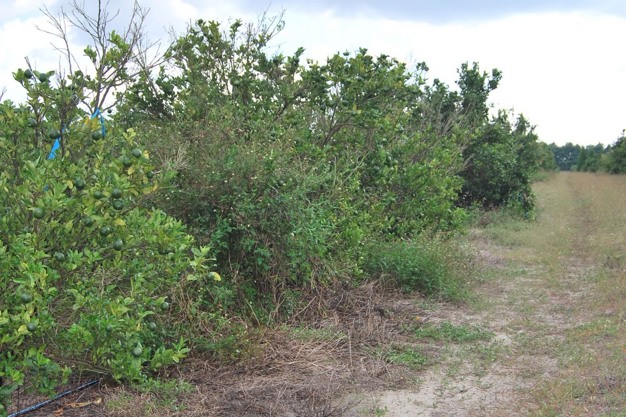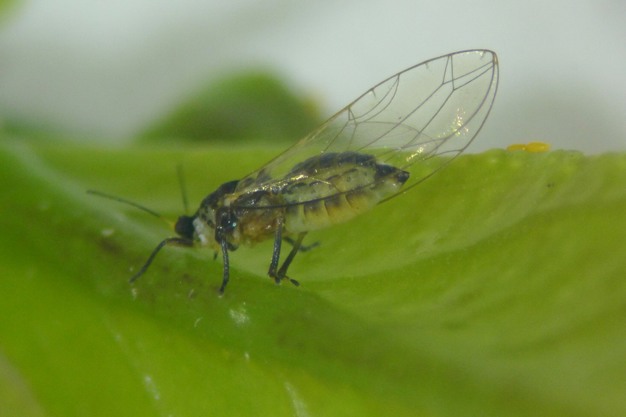The Citrus Management Committee (CGC) of Spain is calling for European authorities to quarantine the entire Eastern Cape Province of South Africa, which has almost 25,000 hectares of citrus and accounts for 26% of the country's citrus production. This follows after the Citrus Research International (CRI) - the South African citrus centre of reference, confirmed last Tuesday that African Citrus Greening, has been found in an area of up to 15 km in the Gqeberha municipality (in the south-east of the country), in orange and lemon groves in private gardens. However, the CGC and South Africa's citrus industry views on what constitutes HLB differ.

HLB (Huanglongbing or Asian Citrus Greening, and sometimes casually referred to as Yellow Dragon), is a citrus disease that has caused devastation in some citrus producing regions like Florida in the USA and parts of Brazil, that is not present in South Africa. Another form of citrus greening that is less harmful, called African Citrus Greening is present in South Africa, but has been under control.
According to a statement by Spain's CGC, however, the disease - specifically the African variant known as Candidatus liberibacter africanus, which has no cure - was identified much earlier, in 2022 in East London, more than 300 km away. At the time no official notification was made, even though it is an extremely dangerous pathogen. It was in 2023 when, according to the CRI's own account, the bacteria was confirmed in the Gqeberha municipality again. As the situation has worsened, and given its proximity to one of the largest producing areas, Sundays River, and, most importantly, to the facilities of the Citrus Foundation Block, where the buds are sanitised for later use by the nurseries that supply citrus fruit trees all over the country, it is now that the CRI has decided to warn its growers.
"We have warned for years that South Africa is not a reliable supplier of citrus fruit to the EU and that its authorities have no credibility when it comes to plant health", the President of the Citrus Management Committee (CGC), Inmaculada Sanfeliu, points out, who is asking the European Commission (EC) to "take action against South African authorities…"

The province where the two outbreaks have occurred - Eastern Cape - is the second most important citrus-growing area in South Africa, the Spanish CGC is calling for the "immediate placement of the entire province under quarantine and its exclusion from the EU export programme. South Africa is the largest non-EU supplier of citrus fruit to the EU and, although fruit is not the most likely source of transmission, there is scientific literature that proves that the bacteria can be detected and viable in both fresh oranges and mandarins. However, it is more likely that it could arrive via clandestine plant material," states Sanfeliu.
Those in charge of the CRI are now warning of the seriousness of the situation, states the CGC. Dr Paul Fourie, CRI's biosecurity manager, acknowledges in a recent press release about the African Citrus Greening, that "Sundays River farmers are concerned that greening might spread to their region, most likely through an infected home garden nursery tree from Gqeberha, so that's the awareness and warning we need to get out there".
For more information:
llamar a Rafael Quilis
Citrus Management Committee (CGC)
Tel: +34 661 20 86 96
E-mail: comite@citricos.org
www.citricos.org
